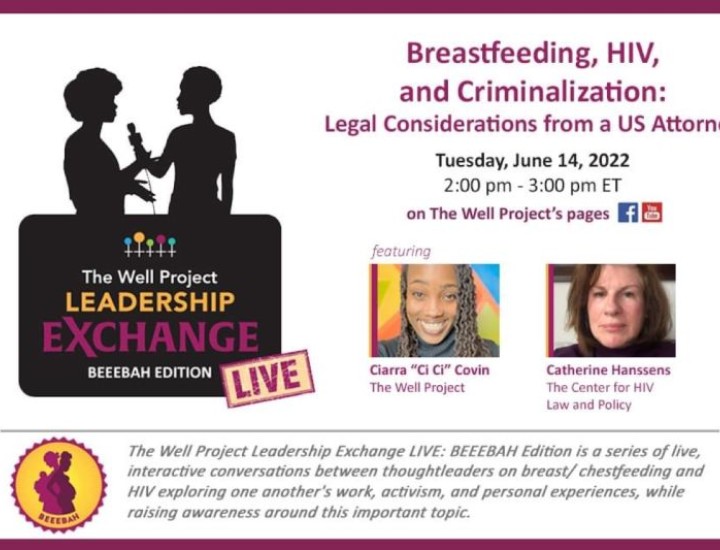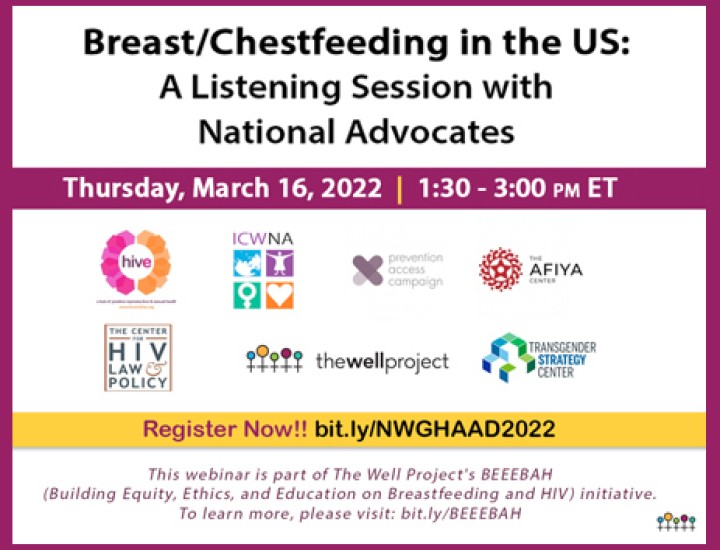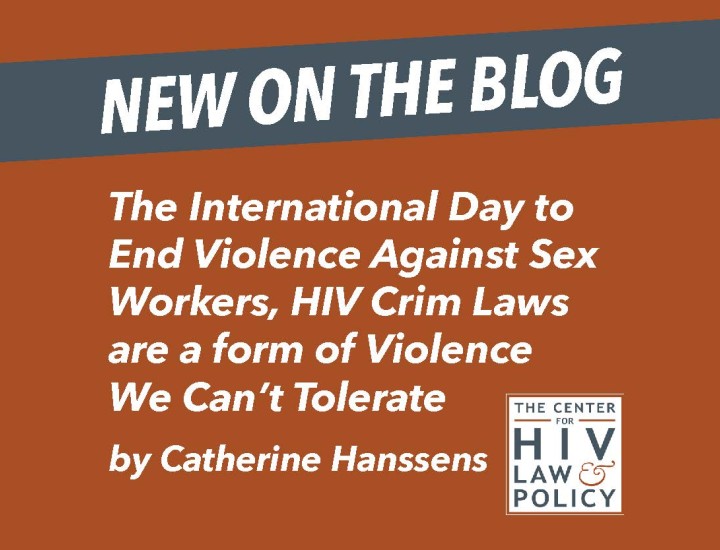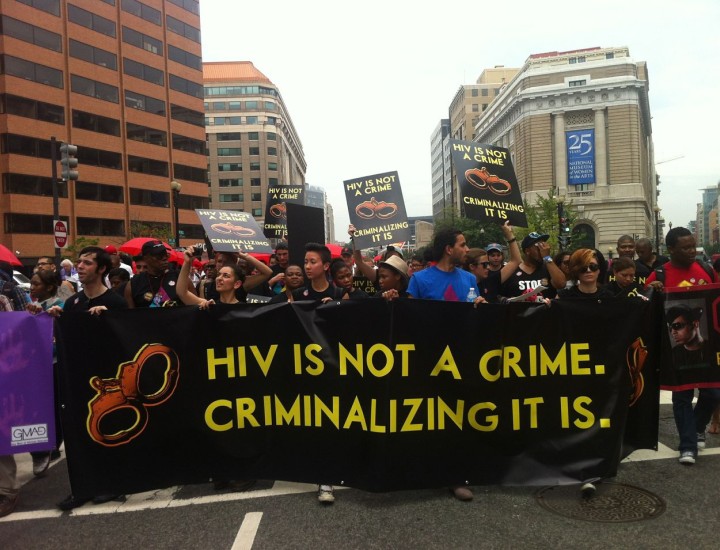Women/Women's Resource Advocacy Connection
HIV is often simply a different disease for women, with a host of distinct issues, both biological and sociological. Biologically, women who have sex with men are more susceptible to HIV than men who have sex with women, and women living with HIV experience different clinical symptoms and complications. Sociologically, women living with HIV face significant barriers to medical care and treatment (and differences in quality of care) compared to men. Gender inequalities such as socioeconomic disparities, domestic violence, and cultural expectations make women more vulnerable to HIV and, for women living with HIV, further marginalize an already marginalized population. These problems are exacerbated by the fact that while there is great diversity among women with HIV across the country, statistically they are more likely to be poor and women of color.
This HIV Policy Resource Bank category provides materials that not only analyze HIV as it affects women specifically, but also provide women and their advocates with the tools to reverse these trends. These resources address issues such as gender disparities in care, prevention methods, reproductive justice, stigma, the rights and needs of young women, and more, with a focus on the experiences of women of color.




